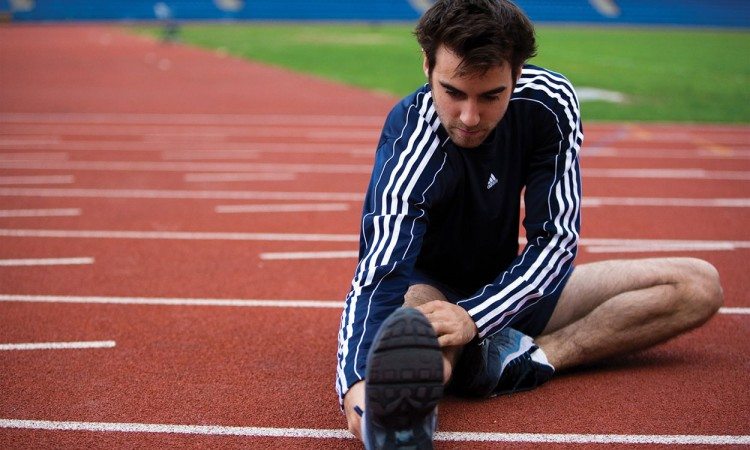For years, many athletes have lived by the mantra of not stretching during warm-ups, but is this still the right way to go?
Do you stretch as part of your warm-up? For years, athletes have been advised not to but the research which led to that approach is becoming dated. Has anything changed?
The argument goes that held, passive stretches in particular – but even dynamic and ballistic ones – can impair subsequent athletic performance. It’s argued that an overly stretched muscle loses its resilience and tensile properties – basically, it has less “ping”.
This slows down powerful muscular actions, such as those required for sprinting, throwing and jumping.
The research
A good place to start is with research reviews. In 2018, sports scientists writing in Sports Medicine reviewed “current literature” relating to the “Acute Effects of Dynamic Stretching on Muscle Flexibility and Performance”.
The researchers wanted to specifically look at dynamic stretching – where limbs are moved reasonably quickly through a range of movement (ROM). Think gentle leg swings and arm circles.
The sports scientists noted: “If the goal of a warm-up is to increase joint ROM and to enhance muscle force and/or power, dynamic stretching seems to be a suitable alternative to static stretching.”
They say “suitable alternative” as they did note how held, static stretches can impair performance.
Ballistic stretching
The sports scientists then considered ballistic stretching and indicated this could be more detrimental than controlled dynamic stretching. Ballistic stretching is a much more dynamic way of mobilising muscles, where movements are much faster and sharper. Think of in-place leg cycling drills, walking leg swings and even an A-skip sprint drill.
Perhaps the researchers were referring to a heightened potential for injury. Certainly, if an athlete is neither ready for nor familiar with ballistic stretches there could be cause for concern.
However, most warm-up protocols should follow a RAMP protocol. RAMP stands for:
Raise body temperature
Activate (mind and muscles)
Mobilise (move quicker specifically)
Potentiate (fire up mind and body to 100 per cent readiness for athletic action) ω
This is a step-by-step way to raise mind and body for athletic performance. Dynamic stretches would lie within the Activate stage, while ballistic ones sit within Potentiate.
As I’ve written about previously in these pages, potentiation refers to the…
CLICK HERE to Read the Full Original Article at AW…

